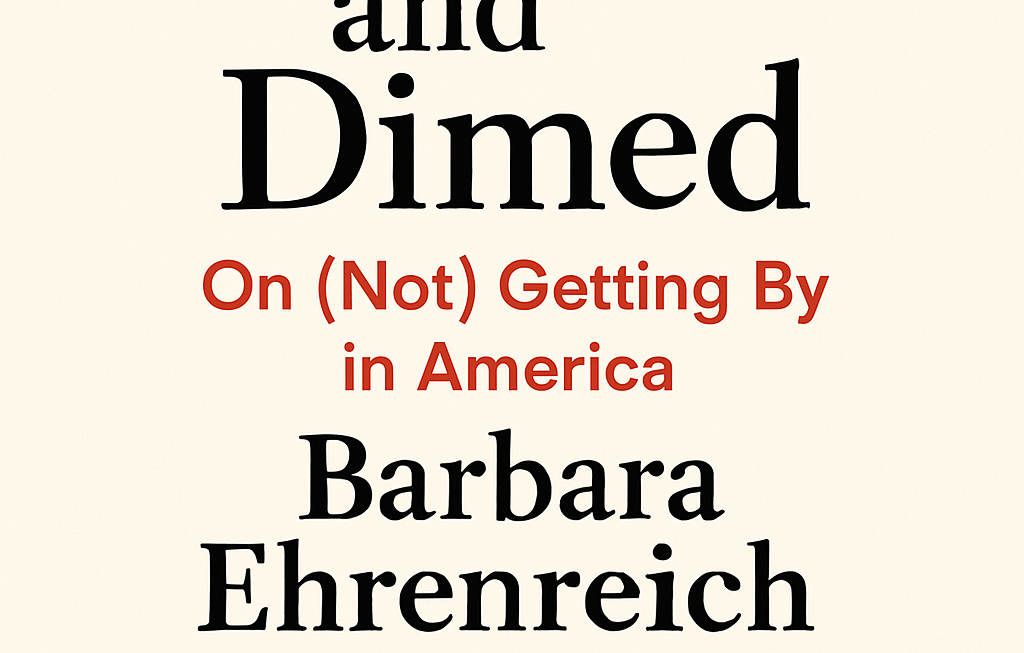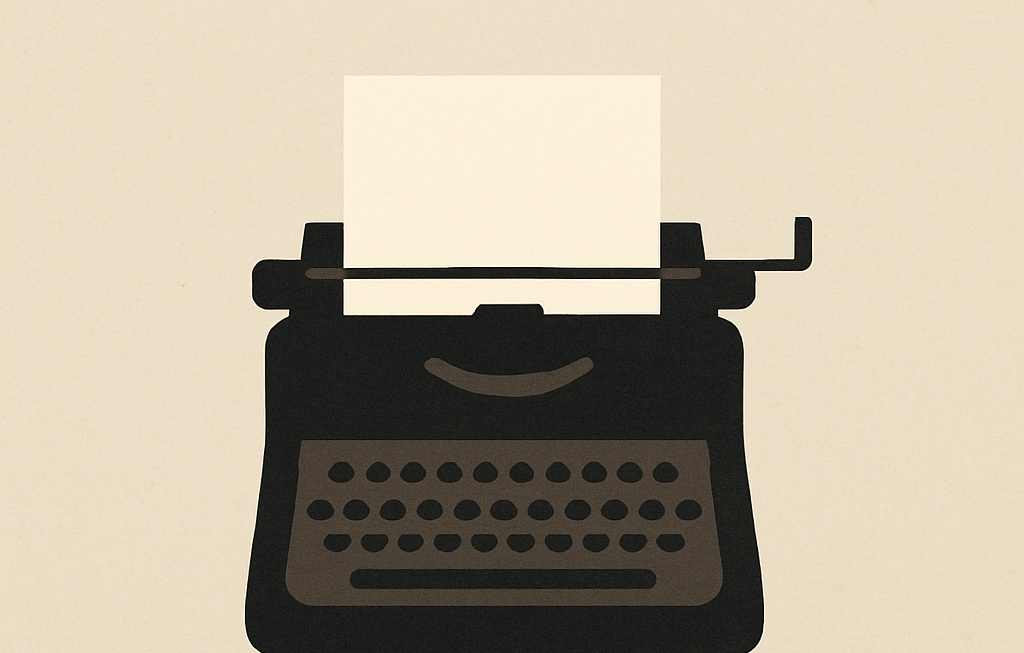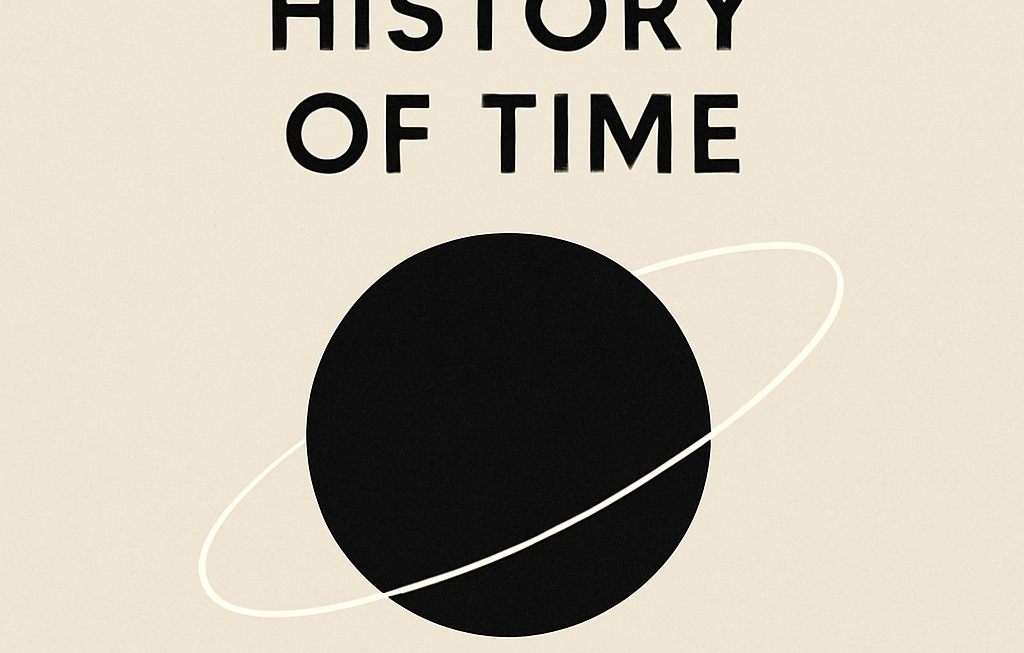The Enduring Legacy of Oliver Sacks: A Retrospective
Oliver Sacks, the neurologist whose name has become synonymous with compassionate medical storytelling, gifted the world with a treasure trove of narratives exploring the intricate dance between brain function and human experience. His 1985 masterpiece, The Man Who Mistook His Wife for a Hat and Other Clinical Tales, stands as a testament to his unique ability to bridge the chasm between scientific rigor and literary grace. This collection of case studies, each a poignant vignette into the lives of individuals grappling with extraordinary neurological conditions, is far more than a medical textbook. It’s a profound exploration of identity, perception, and the resilience of the human spirit. From the titular tale of visual agnosia to the heartbreaking story of a musician robbed of his musicality, Sacks illuminates the inner worlds of his patients, revealing their struggles, their joys, and their unwavering humanity. He doesn’t just diagnose; he listens, observes, and ultimately shares their stories with a rare blend of scientific accuracy and profound empathy, leaving the reader with a deeper understanding of not just the brain, but the very nature of being human. His approach, a masterful fusion of scientific precision and literary artistry, revolutionized the way neurological disorders are perceived and discussed, moving beyond the clinical to embrace the personal and poetic. This legacy continues to inspire and resonate, solidifying Sacks’s position as a literary giant and a pioneering force in medical humanism.
A Conversation with Oliver Sacks
- Question: Many critics praise your ability to blend scientific precision with lyrical prose. How did you consciously cultivate this unique style, and did you ever feel a tension between the demands of scientific accuracy and the desire for compelling narrative?
- Answer: The tension you describe was always there, a subtle push and pull. I felt a deep responsibility to be accurate, to portray my patients with respect and to avoid sensationalism. But I also believed that science, at its heart, is a deeply human endeavor, a quest for understanding our place in the world. My writing style evolved organically; I tried to find the language that best captured both the scientific facts and the emotional realities of my patients’ experiences. It was a continuous process of refinement, a striving for clarity and emotional honesty.
- Question: Your work often focuses on individuals experiencing profound neurological differences. How did you navigate the ethical considerations of portraying their vulnerabilities in such a public forum?
- Answer: This was, and is, a crucial concern. My first responsibility was to my patients, to protect their dignity and privacy. I always sought their consent and worked closely with them, ensuring that their stories were told truthfully but with sensitivity. I wanted to show the world the beauty and resilience of the human spirit in the face of adversity, not to exploit vulnerability. In the end, I hoped that these stories might help reduce stigma and foster greater understanding.
- Question: Several of your narratives hint at your own personal struggles and vulnerabilities. How conscious were you of weaving this personal dimension into your case studies?
- Answer: I believe my own experiences, both personal and professional, inevitably informed my work. The exploration of consciousness, the search for meaning in the face of limitations—these are themes that resonated deeply with me on a personal level. However, I strived to maintain a balance. The focus remained on my patients’ lives and experiences, but perhaps some of my own reflections subtly infused the narratives, offering a broader context for understanding.
- Question: Your book has been lauded for its profound humanism. Do you believe that neurology, as a field, has sufficiently embraced this humanistic approach?
- Answer: I’d like to think so, but the journey towards a fully humanistic neurology is still ongoing. The technological advances in neurology are breathtaking, but these advances must always be guided by compassion and empathy. We must remember that we are dealing with individuals, not simply brains. We need to listen to their stories, to understand their experiences, and to appreciate their unique perspectives on the world.
- Question: The title story, “The Man Who Mistook His Wife for a Hat,” has achieved iconic status. Did you anticipate its lasting impact?
- Answer: No, I honestly didn’t. I simply wanted to share the remarkable story of this individual. His condition, while extraordinary, illuminated fundamental aspects of perception and identity. The title, perhaps a little provocative, certainly helped to draw attention to the work, but the lasting impact is humbling and gratifying.
- Question: Your work has influenced countless medical students and writers. What advice would you offer to aspiring medical storytellers?
- Answer: Be truthful, be compassionate, and be patient. Observe carefully, listen attentively, and let the stories unfold organically. Don’t be afraid to let your own emotions inform your writing, but always ensure that your primary focus remains on the patients’ experiences. Above all, respect the dignity and privacy of those you write about.
- Question: Some critics have argued that your case studies, while compelling, may oversimplify the complexities of neurological disorders. How would you respond to this criticism?
- Answer: That’s a valid concern. I sought to present complex conditions in an accessible way, but I never intended to oversimplify. Each story is a snapshot, a window into a particular individual’s experience, not a comprehensive account of a particular disease. The limitations are inherent in the nature of the narrative form itself. Each case study should be seen as one piece of a much larger and more multifaceted puzzle.
- Question: What is your greatest hope for the future of neurological research and its impact on society?
- Answer: My greatest hope is that ongoing research will not only lead to advances in treatment and prevention of neurological disorders, but also to a deeper understanding of the human mind and consciousness itself. A better understanding will lead to greater compassion and reduce the stigma associated with these conditions. The focus should be on quality of life, on helping individuals to live fulfilling lives.
- Question: Looking back on your career, what are you most proud of accomplishing?
- Answer: I’m most proud of creating a body of work that bridges the gap between science and humanity, that helps to make complex medical topics accessible and relatable to a wider audience. It is my hope that my writing has contributed, in some small way, to fostering greater understanding, empathy, and compassion for those living with neurological disorders.



